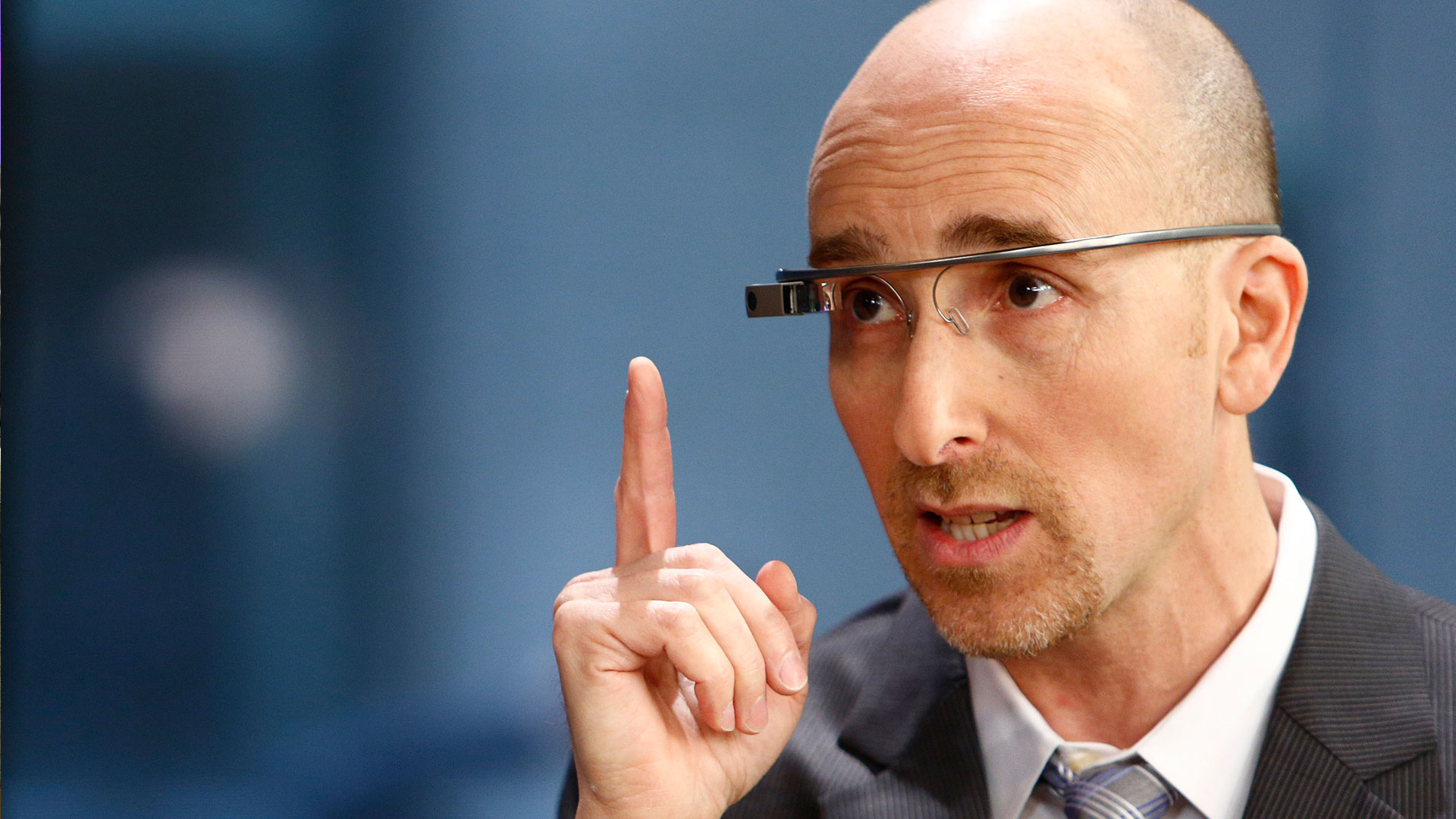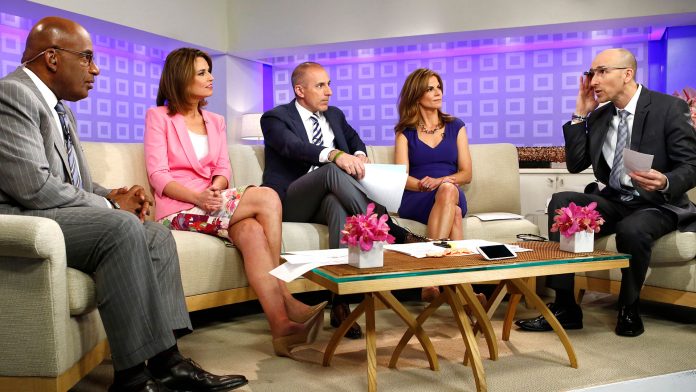Google Glass is dead. Not partially dead or just shifted to a different less visible market. It’s really truly and sincerely dead. No more hardware and soon, no more software support. It’s the end and, despite all its shortcomings, I am a little sad.
Google announced the sunsetting of the product, which had spent much of the last decade in the Enterprise market, on Wednesday (March 15). The decision marks a sad footnote in what was, for a time, an exciting and ground-breaking wearable ride.
Google Glass arrived in 2012 as “Project Glass” on the face of a group of paratroopers who landed at Google I/O 2012 and on stage with Google co-founder Sergey Brin. No tech product has had a better launch before or since. Of course, when you start from that height, there’s probably nowhere else to go but down.
Even so, the early days were exciting and I was right in the thick of it.
I glasses

I got one of the very first Google Glass Explorer Editions. The design then was not much different from what Google discontinued this year (they’ll support it through September). It’s a thin wraparound piece of metal with the components housed on one side just above the ear. The metal curves around the face to thin nose pads and pad arms that somehow perfectly balanced the glasses on your nose. Over one eye is a single, rectangular prism. To see the augmented world in a tiny, virtual 25×25-inch screen, you had to glance up.
There was also a camera to capture photos and videos.
To activate features like taking a picture, you said “Okay, Google.” You could also use some gestures. It could show you news, weather, and alerts, all of it delivered from your paired phone. It was a platform, which means there was an SDK and people could build apps. Yes, for a time, you could even Tweet directly from Google Glass.
Describing it now, I realize the whole thing sounds a little complicated and ridiculous. And yet, in those early days, I was smitten. I didn’t even care that I had to wear them on top of my regular glasses. I’m sure they might’ve looked a little less goofy if I had invested in the prescription lens attachment, but even I wasn’t ready for that level of ocular commitment.
And when I say I wore them everywhere, I mean almost everywhere. My friend Robert Scoble famously wore them in the shower. I never went that far.
Glass TV
I wore them on multiple national TV shows (see the today show above), so often that I became the unofficial Google Glass guy. My image would appear in stories that I didn’t write and in publications I didn’t work for.
I wore them to CES and asked Star Trek: The Next Generation’s Geordi (Levar Burton) what he thought of them. Without missing a beat, he told me they were no match for his Visor.
I got Sergey Brin to show me how to wear them properly.
I tore down a pair to see how Google put them together (Google was not happy).
I wore them to a fashion show and live-streamed the event. Google Glass included a microphone which meant every video had my nasal voice-over.🤦♂️
Wherever I went, they were on my face and people were fascinated (over appalled). I think I enjoyed the attention.
.@LanceUlanoff from Mashable asks what @levarburton thinks of Google Glass – still a downgrade (from the visor) 🙂 pic.twitter.com/7R1FYU5E2LJanuary 8, 2014
Dude, where’s your dignity?
At the same time, some people started to become concerned about the invasive nature of the technology, You were wearing a camera on your face and possibly sharing images and videos that you shouldn’t (I never did this and always announced that I planned to record).
Soon, Google Glass was being banned. I recall Comic Con banning them and there was a very understandable concern about them appearing in bathrooms.
It didn’t take me or almost anyone other normal human wearing Google Glass to realize that Google was asking us to make an unacceptable tradeoff. We could have the access and automation of an intelligent wearable or look normal. It wasn’t just how Google Glass looked on your head, it was how you looked using them. There was the head nod to wake the tiny display that to outside observers looked like a greeting but was nothing of the sort.
The always looking up and to the left (or was it right?) to see the AR view which could be very distracting to anyone you were facing.
A lesson here
Wonder what it’s like being on @CNBC? This is how it looks through Google Glass http://t.co/KQGBkK4fDK pic.twitter.com/Yu7zolIzzOApril 17, 2014
Two years later, Apple would show us what wearable technology should be. The Apple Watch was an almost instant hit because it took a known wearable and infused it with technology and connection. Wearing and glancing at an Apple Watch was completely natural.
Nothing about Google Glass ever was. It took me less than a year to break up with Google Glass and realize with growing horror that I’d spent the last 12 months looking like a techno-weirdo.
Don’t get me wrong, Google Glass was important. It sparked an interest in smart glasses. I doubt there’d be Nreal, Facebook Ray-Ban Stories, Magic Leap, Snapchat Spectacles, or even the mostly discarded Microsoft HoloLens without them.
Our fascination with smart headgear is far from over. Millions regularly don the best VR headsets and Meta and HTC have rolled out mixed-reality headgear. In the wings is whatever Apple is working on, possibly the unfortunately named Apple Glasses.
The Cupertino giant is a special case. It may be working on something very much like HoloLens or Magic Leap or something more like Google Glass, a lightweight, and very expensive augmented reality headset, one that, like Google Glass relies heavily on a paired smartphone to make its magic.
I want to say that I learned my lesson with Google Glass and won’t be leaping to try and wear Apple Glasses, but then I’d be lying to you.
RIP Google Glass.


















